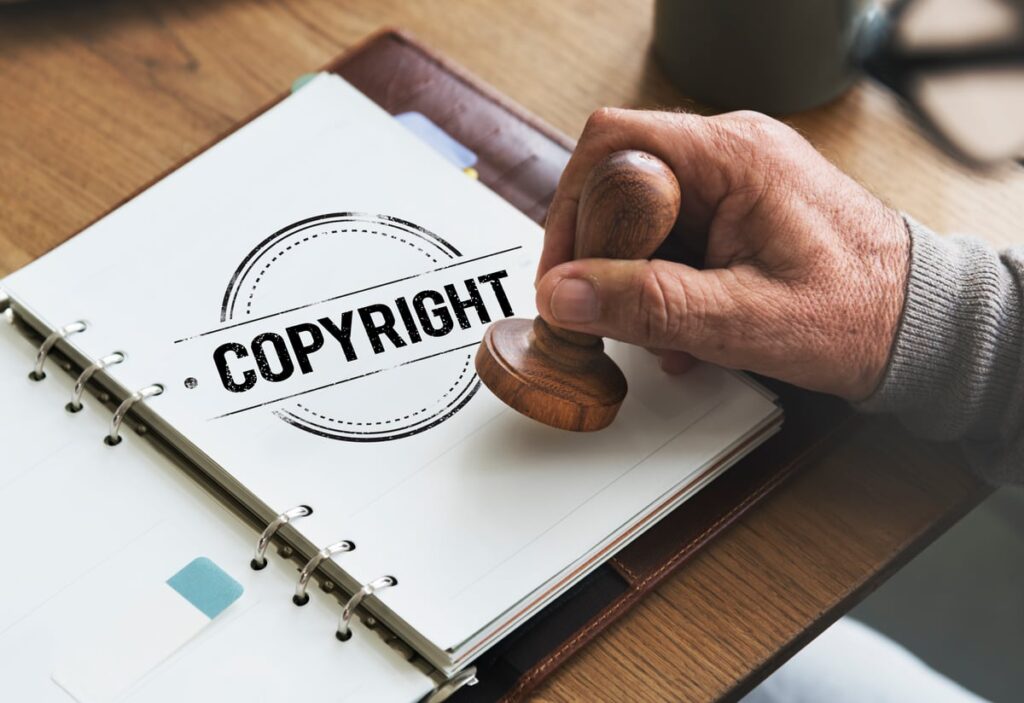Adobe announced Adobe Content Authenticity, a new free web app designed to help creators protect and obtain attribution for their work using content credentials. The app helps users prevent misuse and misrepresentation of their work and build a more trustworthy and transparent digital ecosystem.
With growing concerns about misinformation and artificial intelligence-generated deepfakes, content credentials have become a tool that can provide users with critical information about digital content to better assess its trustworthiness. I am. Content credentials are like a “nutrition label” for digital content, acting as secure metadata that anyone can attach to their work, allowing them to share information about themselves and how content is created and edited. can provide context as to what was done.
With growing concerns about unauthorized sharing and misrepresentation of their work, 91% of creators want a reliable way to attribute attribution to their work, according to a recent Adobe study. Furthermore, 56% of creators said they were worried that their content would be used to train generative AI models without their consent.
Content credentials are already supported in popular Adobe Creative Cloud apps such as Photoshop, Lightroom, and Firefly. Adobe says the web app will integrate with these Creative Cloud apps and others.
The web app allows content creators to apply credentials in batches to sign digital works such as images, audio, and video files. You can control information such as your name, website, and social media accounts, so you can attribute your work and protect it from unauthorized use or misattribution.
Generative AI training and usage settings for apps allow creators to notify if they don’t want their content to be used by other generative AI models in the marketplace or to train other generative AI models. Google Chrome’s Content Authenticity extension and Inspect tool can help you view content credentials, including edit history when available.
Credentials applied in a web app remain connected throughout the content lifecycle and can be restored even if the provenance information is removed or someone takes a screenshot of the content. Adobe says this is done through digital fingerprints, invisible watermarks, and cryptographically signed metadata.


